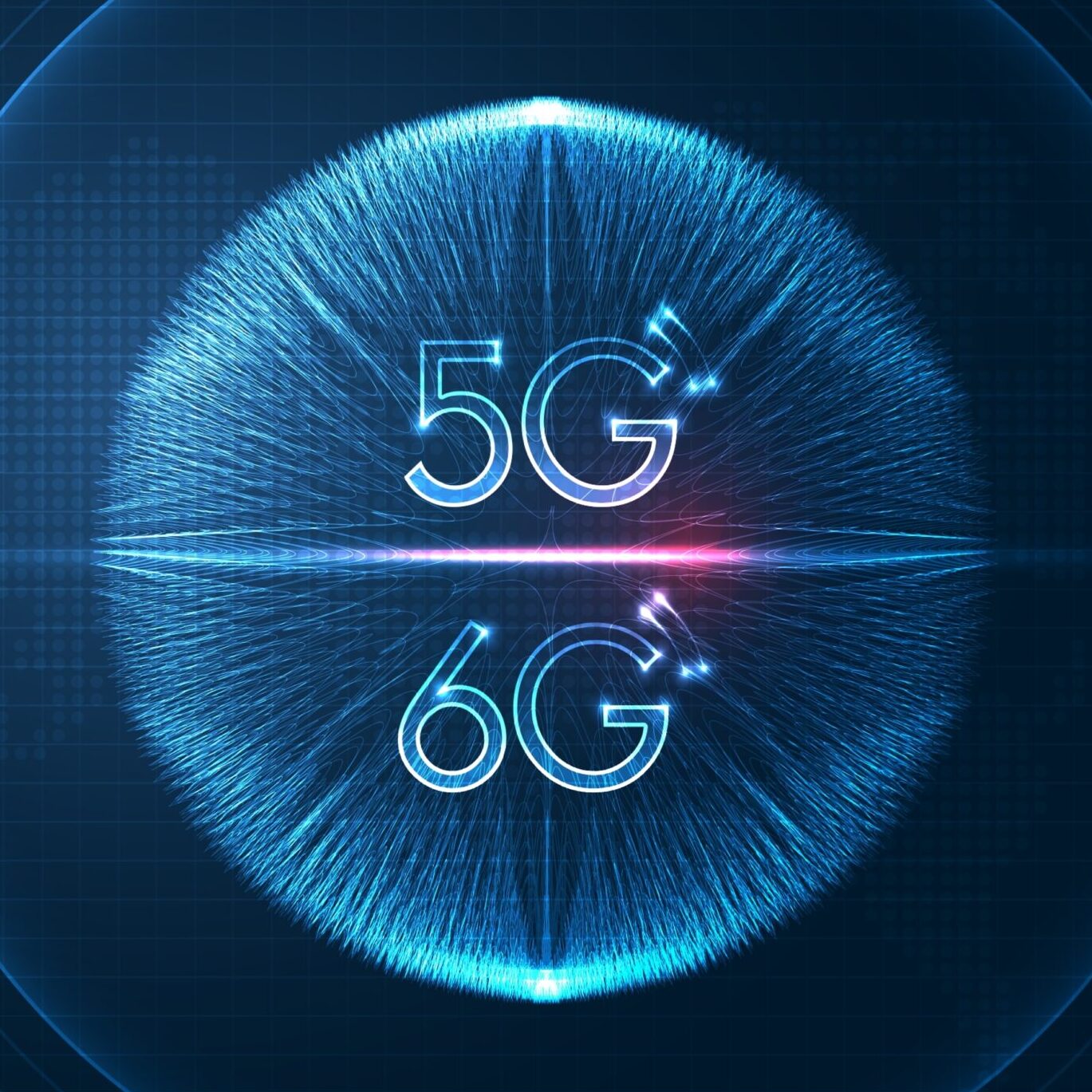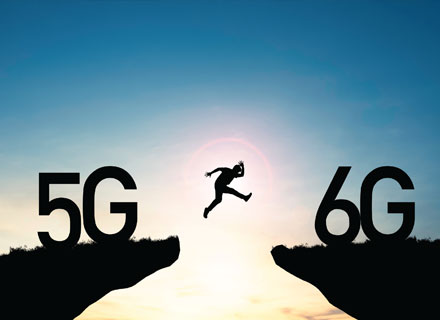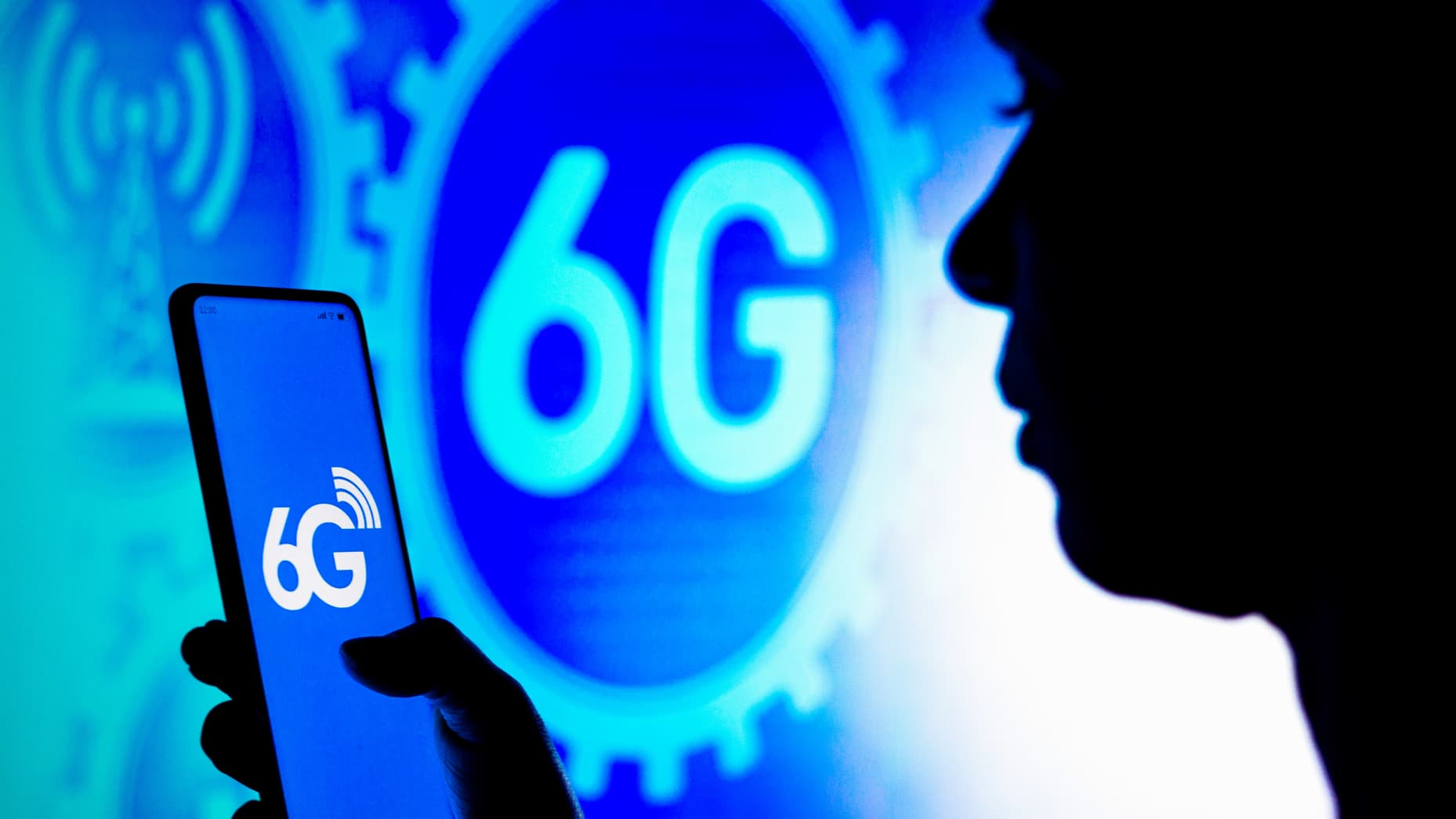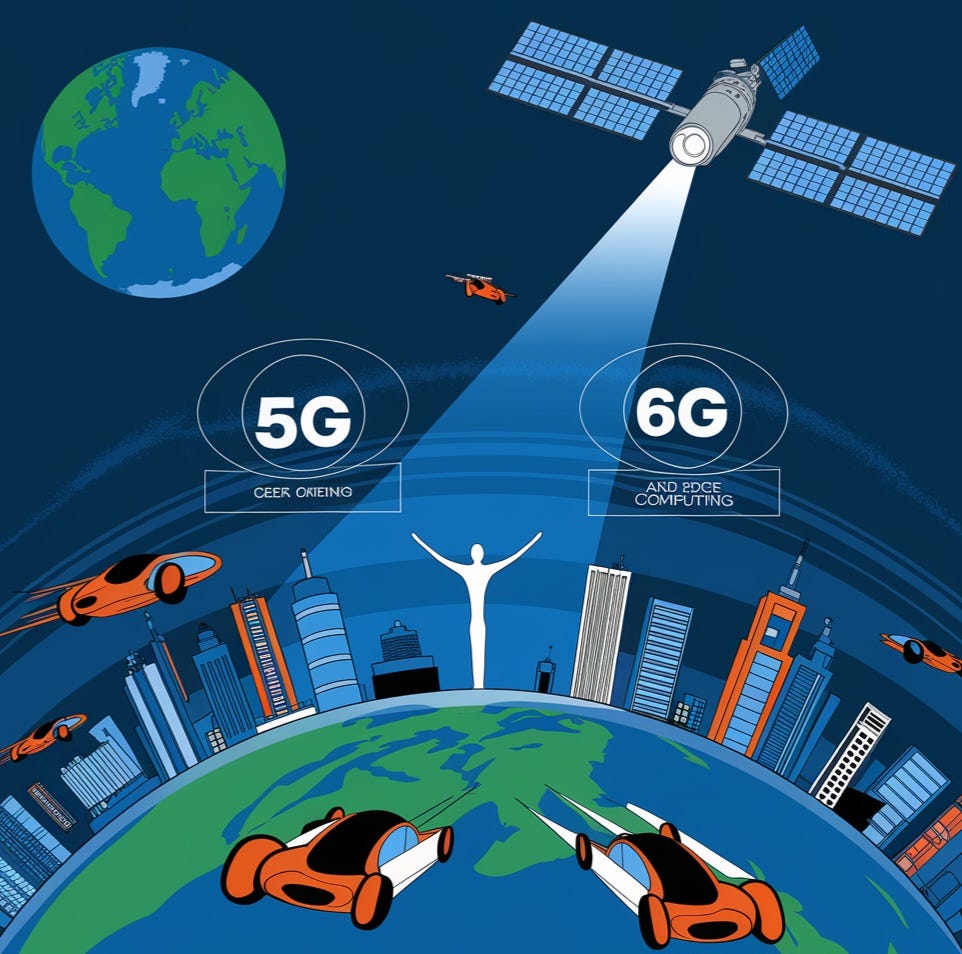Introduction: Moving From 5G to 6G and Why It Matters
We’re still getting used to 5G, and now people are already talking about 6G. But what’s so special about 6G, and why does it matter? While 5G made internet speeds faster and connected more devices, 6G promises to go even further. It could bring faster speeds, near-instant communication, and smarter cities. This article will explore what makes 6G different, how it could change our lives, and what challenges need to be solved to make it happen.

1. What Are 5G and 6G?
How 5G Changed the Game
5G, or the fifth generation of wireless networks, brought huge improvements in speed and capacity. It’s not only faster but can connect many devices at once, like phones, smart TVs, and home gadgets. 5G made things like video streaming, online gaming, and smart home setups easier and smoother.
What Will 6G Do That 5G Can’t?
6G will go beyond just faster speeds. It could be up to 100 times faster than 5G, meaning you could download a whole movie in just a second! Plus, 6G will have super-low delay times, so devices can connect in real time without lag. This is important for things like virtual reality (VR), self-driving cars, and real-time data sharing between devices.
2. Main Differences Between 5G and 6G
Faster Speeds and Less Delay
6G is expected to be lightning-fast, reaching speeds of up to 1 terabit per second. This is about 100 times faster than 5G! The delay, or "latency," will also be extremely low, meaning you’ll experience almost no lag or waiting time.
Better Connection in Busy Areas and Remote Places
With 6G, we could see better connections even in crowded places, like concerts or sports stadiums, and in remote areas where signal strength is often weak. 6G technology could also help connect many devices in one area without issues, like in a smart city.
Smarter Networks with AI
6G will likely use artificial intelligence (AI) to manage network traffic, meaning it can make quick decisions to keep the network running smoothly. AI can help by adjusting data flow based on need, which makes it faster and more efficient.

3. How 6G Could Change Our Daily Lives
Making Cities “Smart” and Efficient
With 6G, cities could become smarter by connecting everything from streetlights to public transport. This means better traffic flow, more energy savings, and even quicker responses to emergencies, making cities safer and more efficient places to live.
New Possibilities in Healthcare
6G could change healthcare with real-time remote surgeries. Surgeons could operate on patients from miles away by controlling precise surgical robots, all made possible with high-speed, low-delay 6G networks.
More Realistic Virtual Experiences
Imagine going to a virtual concert or sports event and feeling like you’re really there, with 3D holograms and 360-degree views. With 6G, virtual reality (VR) and augmented reality (AR) experiences could be much more realistic and interactive.
Connecting More Everyday Devices
6G will help the Internet of Things (IoT) grow even more, connecting billions of devices seamlessly. This means your fridge, washing machine, and even clothes could interact with each other, making homes and workplaces smarter.

4. Challenges in Building 6G Networks
High Costs of Building 6G
Setting up a 6G network won’t be cheap. New infrastructure, like towers and data centers, will be needed, and this will come with a high price tag. Governments and tech companies will likely need to work together to make it happen.
Technical Issues with High-Frequency Waves
6G is expected to use high-frequency waves, which can carry a lot of data but don’t travel as far and can be blocked easily. Buildings, trees, or even bad weather could disrupt these signals. Engineers will need to come up with ways to solve these issues, possibly by adding more antennas and relay stations.
Privacy and Security Challenges
As 6G will connect even more devices, the risk of security issues also grows. Companies and governments will need to ensure that all this data is protected, and user privacy is respected, especially as real-time data flows increase across devices and networks.
5. When Will 6G Be Available?
Most experts predict that 6G will start appearing around 2030. Countries like South Korea, China, and the United States are already investing in 6G research. The next few years will likely see early trials, but it will take longer for 6G to be widely available for everyone.
6. How 6G Might Change the Future
Connecting People Better Than Ever
6G could allow for seamless communication worldwide, making it easier to connect with friends, family, and workplaces. With faster speeds and lower delay, it will feel more natural to communicate over long distances, almost like everyone is in the same room.
New Opportunities for Businesses
6G could bring new business models and opportunities. Industries like entertainment, education, and healthcare could benefit from 6G’s high speed and low delay to create more interactive and immersive experiences.
Helping the Environment
6G could help monitor the environment in real time, tracking air quality, water usage, and energy consumption. By connecting sensors and devices, 6G could make it easier to manage resources sustainably, helping to reduce waste and energy use.
7. Potential Risks and Concerns with 6G
Privacy Risks
As more devices connect to 6G, there’s a greater risk of data breaches. Companies and governments will need to work harder to protect data and keep users’ information safe.
Access Issues
When a new network generation arrives, there’s always a risk of a digital divide, where some people have access while others don’t. Ensuring that 6G is available in both rural and urban areas, as well as to people from all income levels, will be important.
Health Concerns
Even though research generally shows that mobile networks are safe, some people worry about the effects of high-frequency waves. More studies may be needed to make sure that 6G doesn’t have any negative health impacts.

Conclusion: Moving Toward a 6G Future
6G technology is still being developed, but it promises to bring major advancements in speed, connectivity, and new possibilities. While it could transform industries, make cities smarter, and improve our everyday lives, challenges like high costs, technical issues, and security concerns will need to be addressed. Even though 6G may still be a few years away, it’s already shaping our vision of a fully connected, intelligent future.


You must be logged in to post a comment.